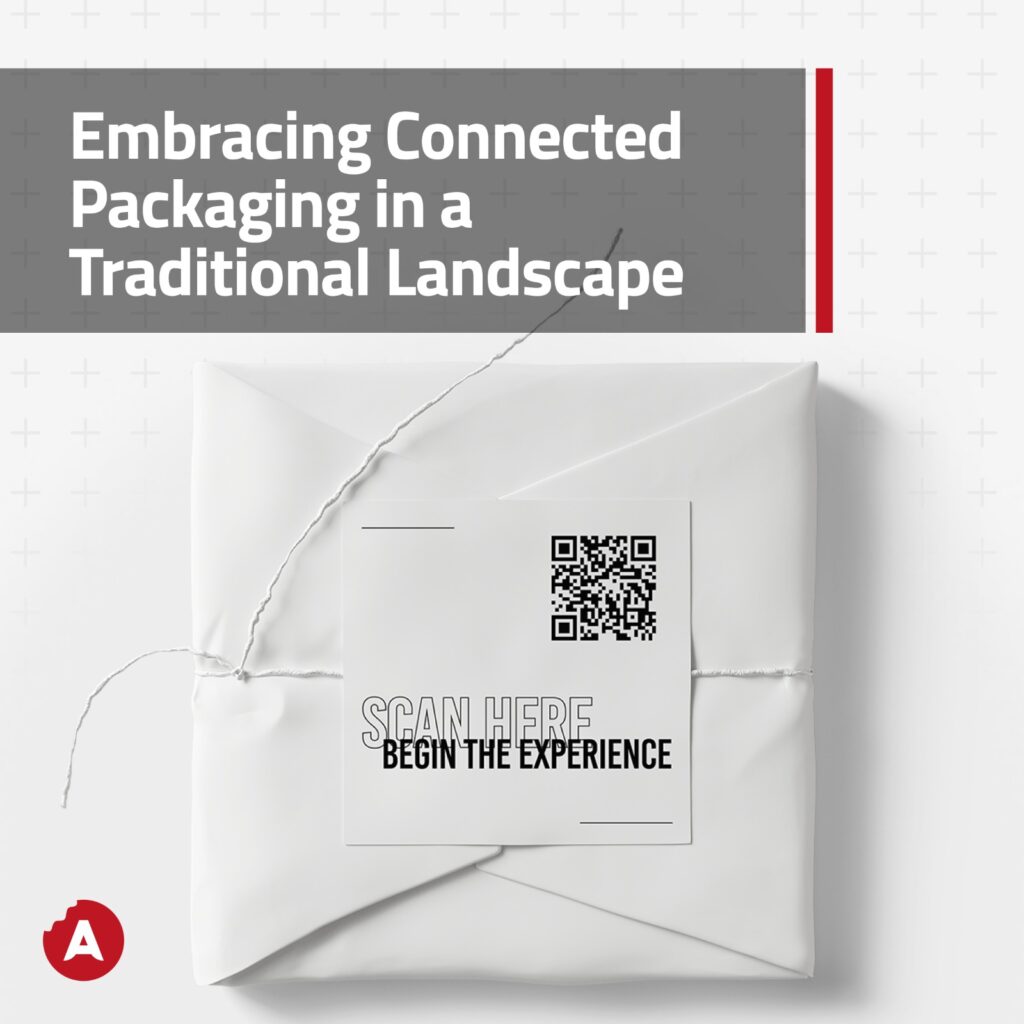
In an era marked by rapid technological advancement, the packaging industry finds itself at a crossroads. The emergence of connected packaging—encompassing smart packaging solutions, augmented reality experiences, and intelligent packaging—has ushered in a new era of consumer engagement and brand interaction. However, amidst the promise of innovation, there exists a notable resistance from traditional packaging methods. In this article, we explore the challenges and opportunities of embracing connected packaging in a landscape entrenched in tradition.
The Allure of Tradition
For decades, traditional packaging methods have served as the backbone of the industry, providing reliable functionality and aesthetic appeal. From cardboard boxes to plastic wrappers, these familiar formats have stood the test of time, earning the trust and confidence of both brands and consumers. As such, the prospect of transitioning to connected packaging can evoke apprehension and resistance among stakeholders accustomed to the status quo.
Navigating the Challenges
One of the primary challenges in the adoption of connected packaging lies in overcoming skepticism and inertia. For many brands, the perceived risks associated with implementing new technologies, such as QR code advertising or gamification marketing, can outweigh the potential benefits. Concerns about cost, complexity, and consumer acceptance often serve as barriers to entry, leading to a reluctance to embrace change.
Educating and Empowering
To address resistance to connected packaging, education and empowerment are paramount. Connected package professionals play a crucial role in bridging the gap between traditional and innovative approaches, offering expertise and guidance to navigate the complexities of implementation. By demonstrating the tangible benefits of connected packaging, such as enhanced consumer engagement, data analytics, and brand differentiation, professionals can instill confidence and encourage adoption among hesitant stakeholders.
Highlighting Success Stories
Another effective strategy for overcoming resistance is to showcase real-world success stories and case studies. By highlighting the positive outcomes achieved by early adopters of connected packaging, brands can inspire confidence and dispel misconceptions. Whether through QR code marketing campaigns that drive sales or augmented reality packaging experiences that captivate consumers, these success stories serve as proof points of the transformative power of connected packaging.
Collaboration and Innovation
Ultimately, the key to overcoming resistance lies in collaboration and innovation. By fostering collaboration between traditional packaging experts and proponents of connected packaging, brands can leverage the best of both worlds to create compelling solutions that meet the evolving needs of consumers. Whether through hybrid packaging designs that seamlessly integrate digital elements or integrated marketing strategies that leverage the strengths of traditional and digital channels, innovation holds the key to unlocking the full potential of connected packaging.
Embracing the Future
In a rapidly evolving marketplace, the adoption of connected packaging is no longer a choice but a necessity for brands seeking to remain competitive and relevant. By addressing resistance head-on, educating stakeholders, highlighting success stories, and fostering collaboration, brands can embrace the future of packaging innovation with confidence and conviction. In doing so, they can unlock new opportunities for consumer engagement, brand differentiation, and business growth in an increasingly connected world.
